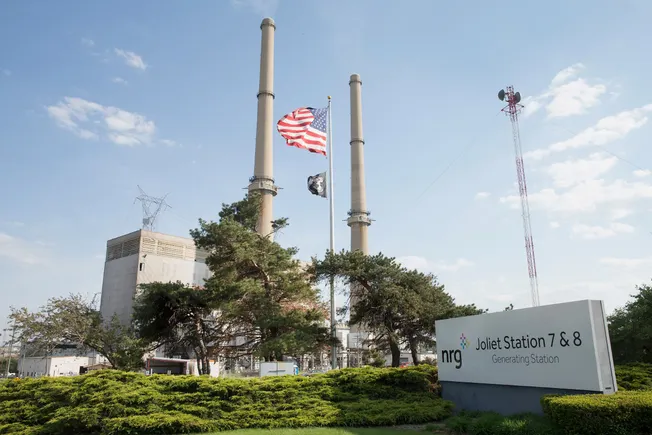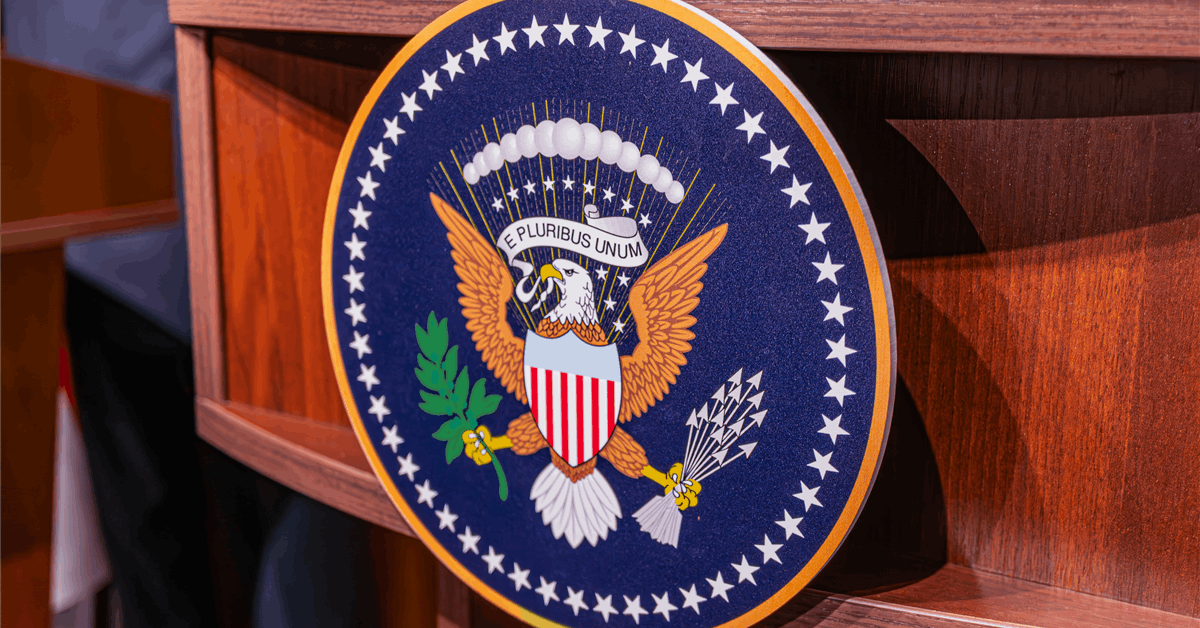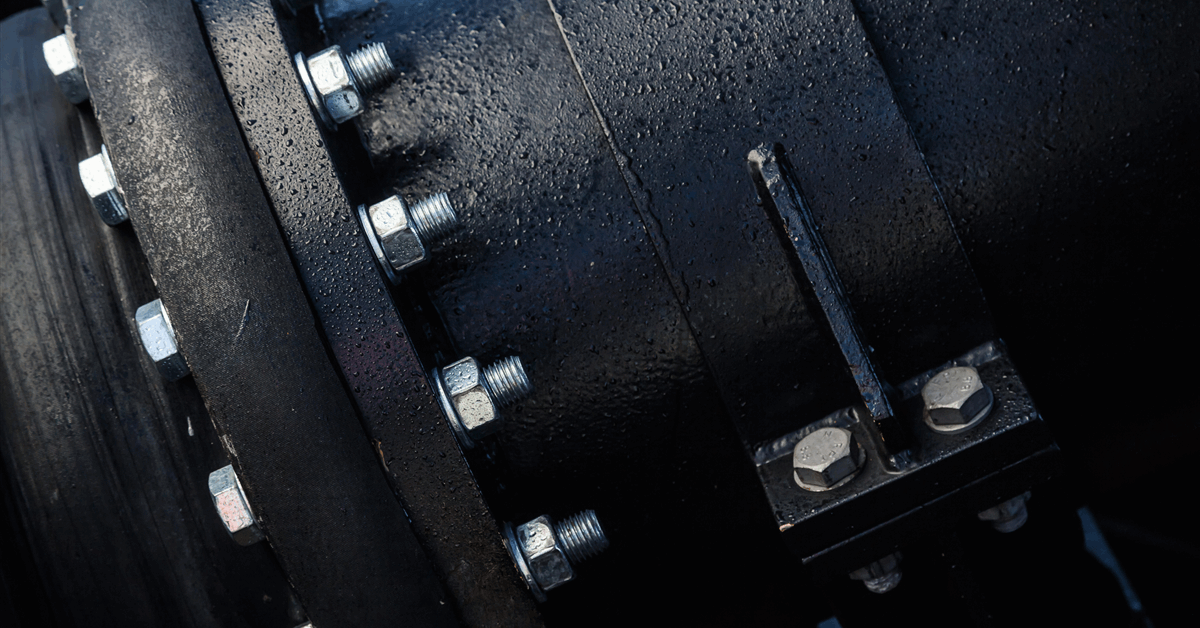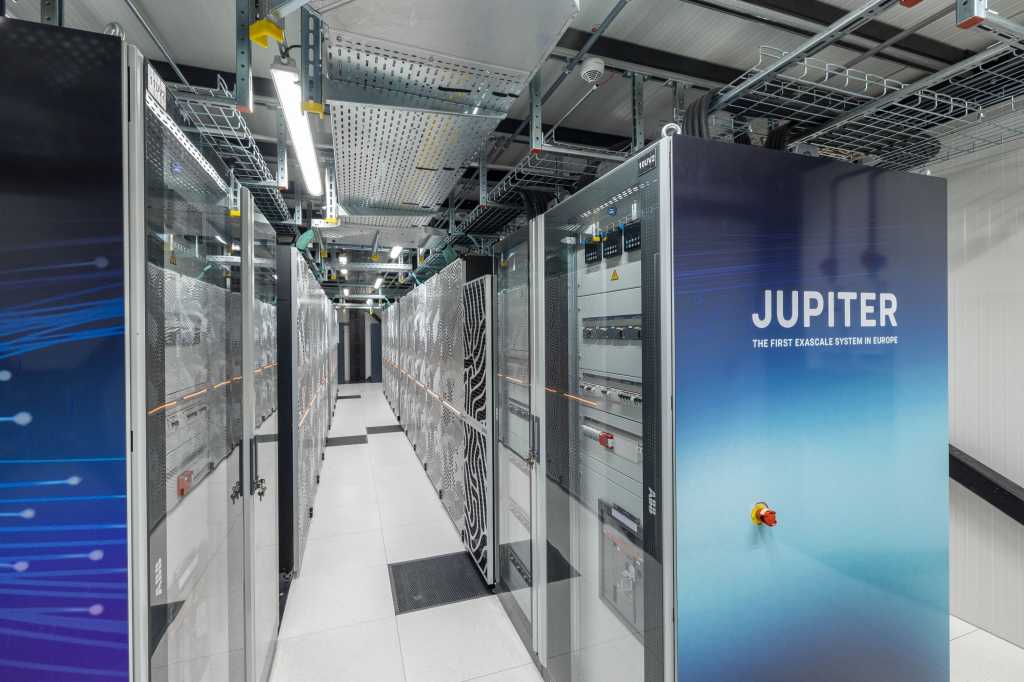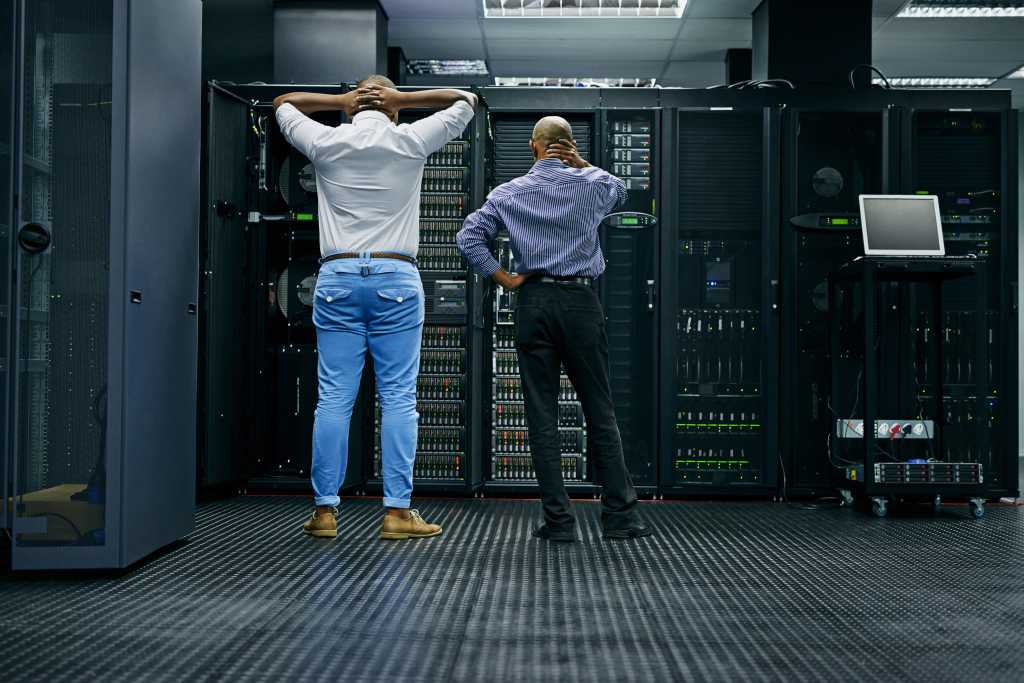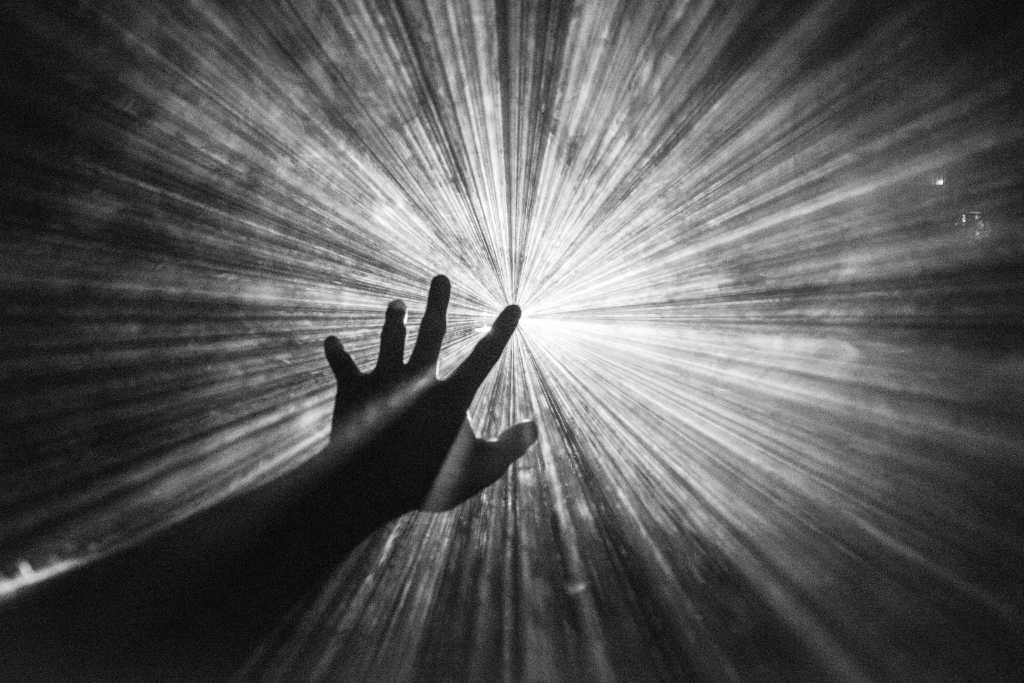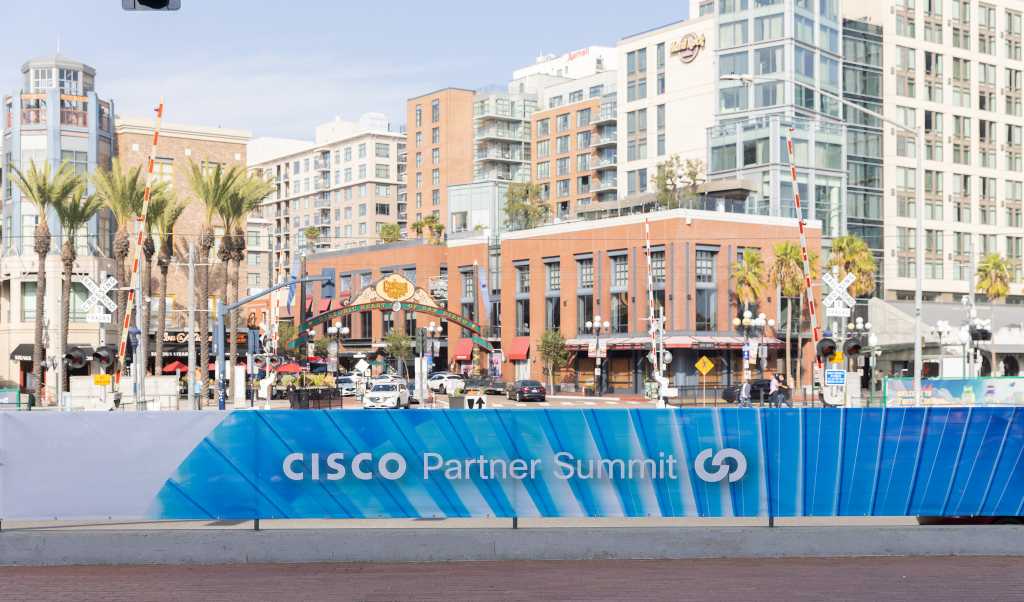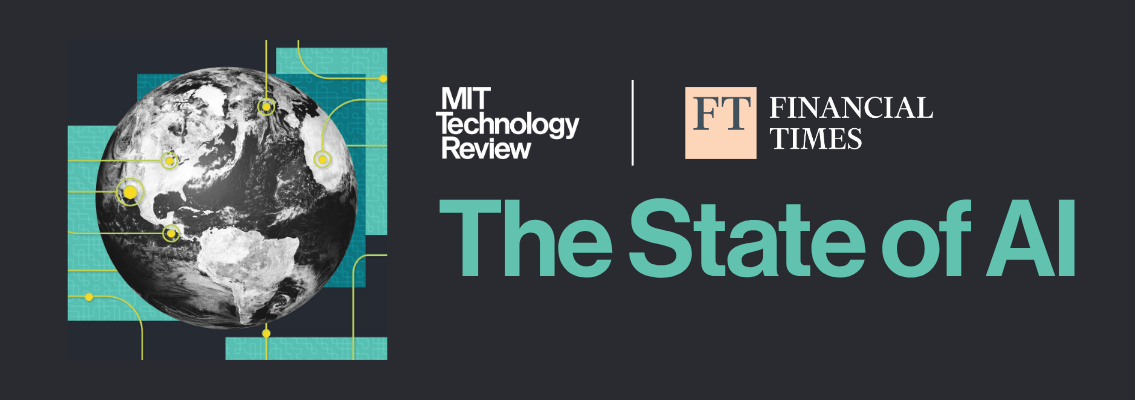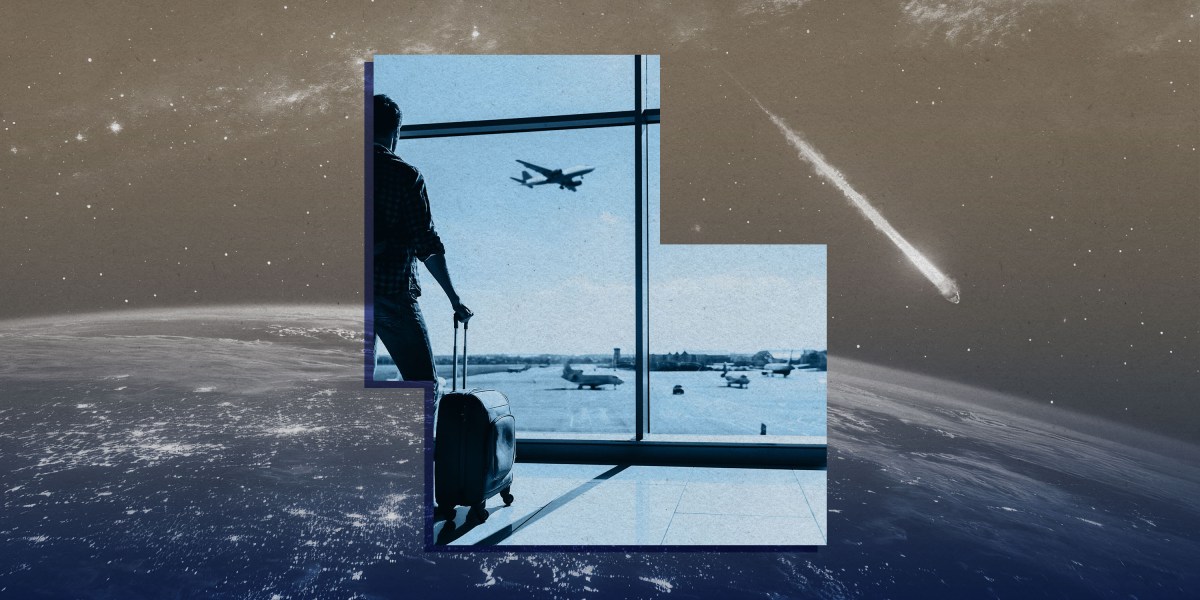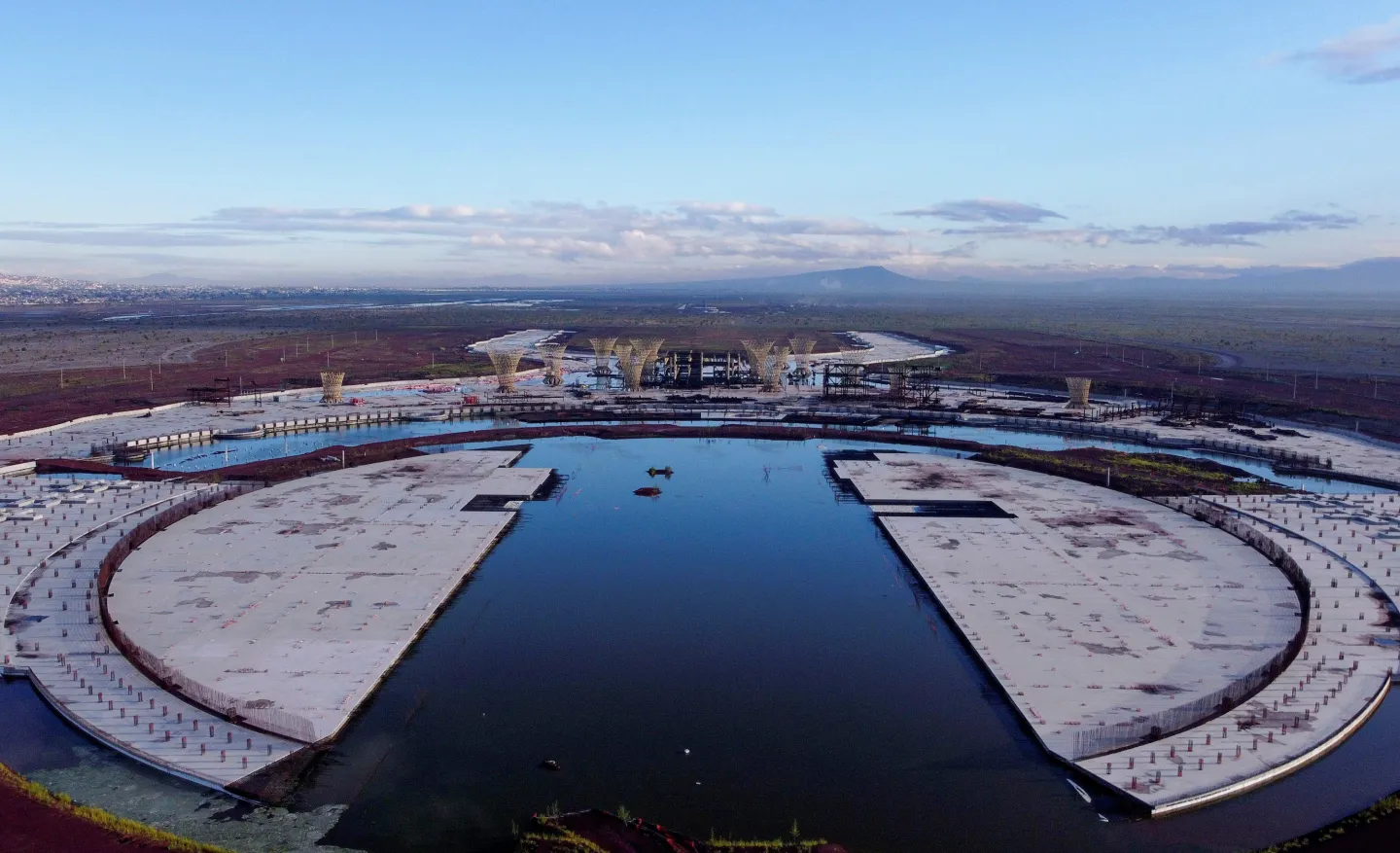Dive Brief:
- Power outages across the United States are getting longer, according to a recent survey by JD Power, which cites “increased frequency and severity of extreme weather events.”
- The average length of the longest power outage has increased in all regions since 2022, from 8.1 hours to 12.8 by the midpoint of 2025. Customers in the South reported the longest outages, averaging out at 18.2 hours, followed by the West at 12.4 hours, it said.
- Mark Spalinger, director of utilities intelligence at J.D. Power, said in an interview that while the duration of outages is increasing, the number of customers experiencing them is not. In fact, over time, the percentage of people who experience “perfect power” without any interruptions is gradually rising. However, disasters like storms and fires “are becoming so much more extreme that it creates these longer outage events that utilities are now having to deal with,” he said.
Dive Insight:
Based on a survey, 45% of utility customers nationwide experienced a power outage in the first half of 2025, according to JD Power’s U.S. Electric Utility Residential Customer Satisfaction Study, which the company has been doing for over 20 years.
Of those outages, nearly half were due to extreme weather such as a hurricane, snowstorm, tornado or fire, and 17% of customers who were affected by a natural disaster said it was so severe they had to evacuate their homes.
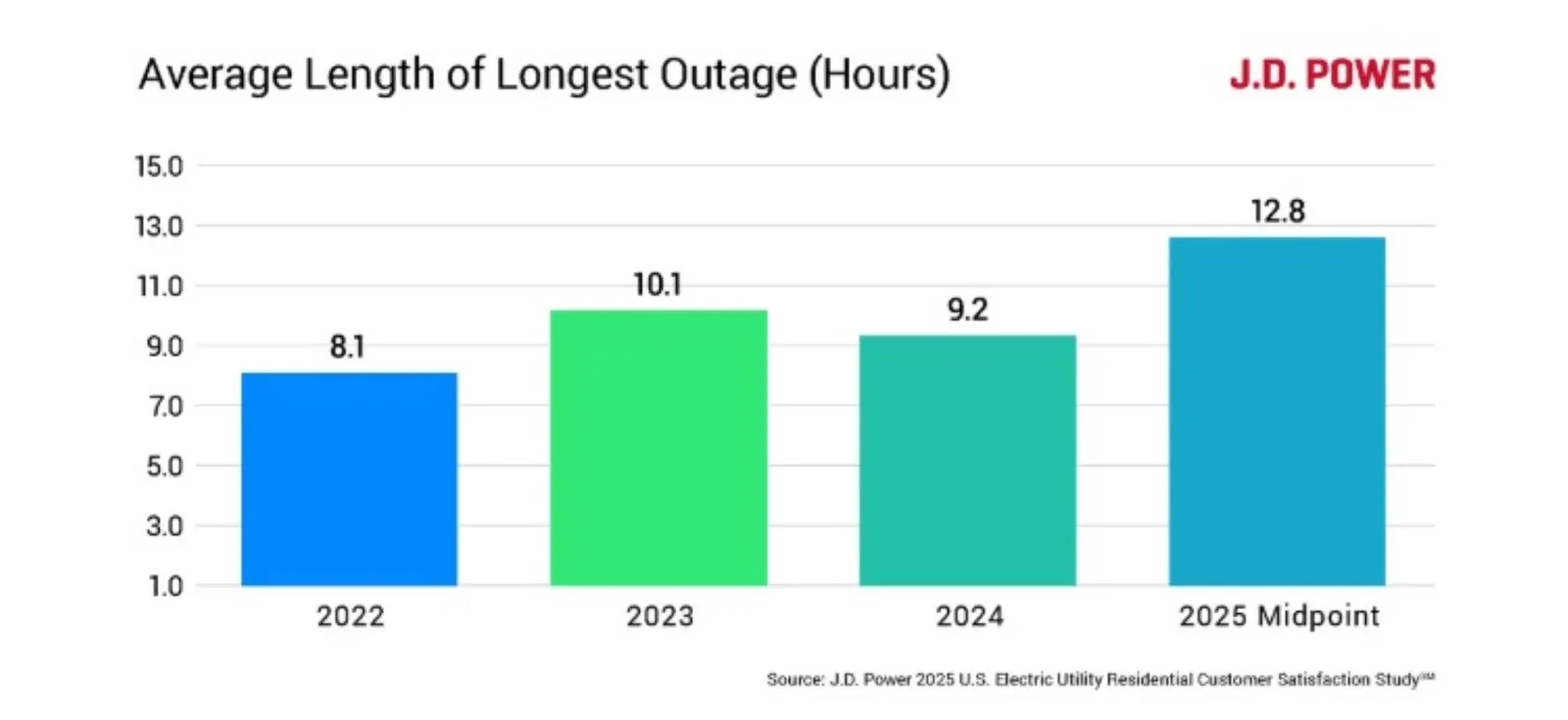
JD Power’s U.S. Electric Utility Residential Customer Satisfaction Study shows power outages getting longer over time.
Permission granted by JD Power
Extreme weather isn’t the only problem, however. Spalinger said the subset of customers who experience outages are also reporting more frequent, shorter blackouts.
Part of that could be the rise of remote and digital work that makes people more sensitive to short outages they may not have noticed when they were working from an office, Spalinger said. But the impact of extreme events that cause longer outages is changing customer behavior, he added.
“Customers are now having to prepare and look for different solutions, whether it’s solar or generators,” he said. “It’s almost two-thirds of the customer base that’s really interested in some backup solution.”
Both the nature of outages and the customer response varies across the country. The South had more electricity loss than any other region. Seventy-seven percent of customers in the South lost power after an extreme weather event, with those outages lasting 95.2 hours on average.
However, the report found that “despite widespread outages, the South leads the nation” for customer satisfaction.
“Strong customer satisfaction scores among utilities in the Southern U.S. are being driven by high marks in safety, reliability, ease of service, trust, and digital experience,” it said. “Overall, more than half (57%) of customers feel their electric utility is the entity most responsible for educating the public on electric safety, and the region had the highest marks of customers receiving information from their utility on how to prepare for the disaster via text message (29%). This suggests that easy, accessible communication can move the needle on customer satisfaction, even in the face of loss of power, property and displacement.”
Schuyler Baehman, a spokesperson for Southern Company, which owns Alabama Power, Georgia Power and Mississippi Power, pointed to a number of initiatives the company has undertaken to support customers during emergencies. Those include text alerts and outage maps that can be accessed online or by phone.
“In terms of disasters, we like to say, ‘When things are at their worst, we are at our best,’” he wrote in an email.
Baehman did not respond to a question about whether JD Power’s data on increasing outages matched that of the company.






